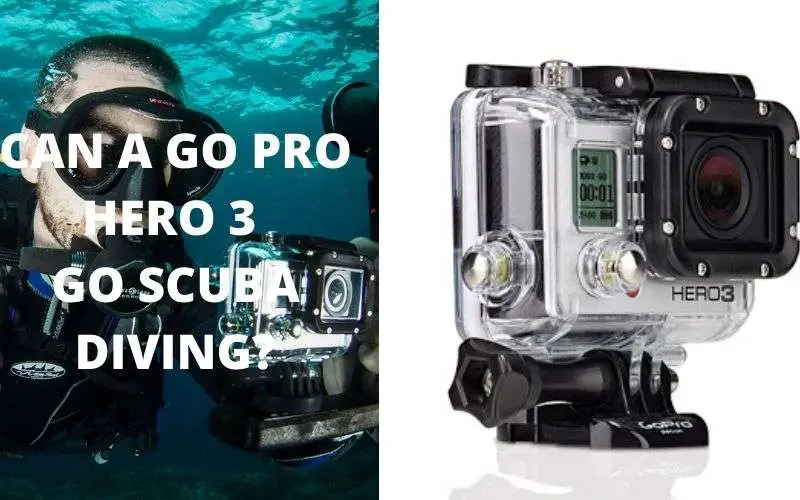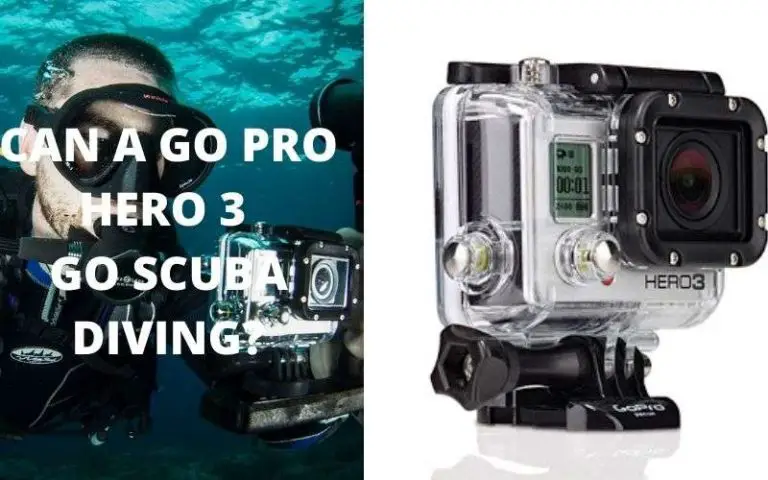
Have you ever had your beach or pool day marred by the agony of chafing from your swim trunks? You’re not alone. Many of us have experienced the pain and discomfort that can come with swim trunks-induced chafing.
Fortunately, there are effective steps you can take to prevent chafing and fully enjoy your time in the water.
Why Do Swim Trunks Cause Chafing?
Chafing is a widespread issue that many people encounter while wearing swim trunks. It occurs due to the combination of friction, moisture, and irritation generated by the swim trunks rubbing against your skin.
One of the primary culprits behind swim trunks-induced chafing is friction. When you’re swimming or moving about in your swimwear, your swim trunks constantly rub against your skin. This continuous friction, coupled with wet skin and saltwater, can lead to irritation and discomfort.
To minimize friction, it’s crucial to find swim trunks that strike the right balance between snug and loose, as overly tight or baggy trunks can exacerbate the issue.
Moisture is another contributing factor to chafing while wearing swim trunks.
Wet skin can elevate the likelihood of friction and create a breeding ground for bacteria, further irritating your skin. To reduce moisture, opt for swim trunks made of quick-drying fabrics, consider wearing moisture-wicking undergarments, or apply anti-chafing powder before donning your swim trunks.
The material of your swim trunks can also play a role in irritation. Some fabrics may not be skin-friendly, particularly when they become wet. To minimize potential chafing, choose swim trunks crafted from soft, breathable materials like nylon or polyester blends.
In some cases, chemicals used in swim trunk dyes may lead to skin irritation, highlighting the importance of selecting high-quality swimwear.
Choosing the Right Swim Trunks

Selecting the ideal pair of swim trunks is a significant victory in the battle against chafing. In this section, we’ll explore how to choose the best swim trunks for you, focusing on sizing and fit, anti-chafing materials, and special anti-chafing features.
1. Sizing and Fit
Achieving a well-fitting pair of swim trunks can significantly reduce the risk of chafing. Follow these tips to find the perfect size:
- Measure yourself: Use a measuring tape to determine your waist and hip measurements. Then, compare these measurements to the sizing charts for a more objective assessment of how a pair might fit.
- Try before you buy: If possible, try on swim trunks in-store or choose online retailers with hassle-free return policies to ensure you get the right fit.
- Aim for a snug fit: Your swim trunks should comfortably encircle your waist, without being too tight or excessively loose. Ensure there’s enough room for movement while avoiding excess fabric that might cause chafing.
- Avoid excess bagginess: Baggy trunks can generate more friction and lead to chafing. Opt for a more fitted style for enhanced comfort.
- Brand consistency: Sizing can vary significantly between brands, so it’s crucial to measure yourself and consult sizing charts. However, if you find a brand that consistently aligns with your measurements, sticking with it can simplify future purchases.
2. Anti-Chafing Materials
The materials used in your swim trunks can significantly influence whether they may cause chafing. Here are some material-related considerations:
- Synthetic fabrics: Seek swim trunks crafted from moisture-wicking materials like polyester or nylon, which help keep your skin dry and reduce friction.
- Avoid cotton: Although cotton is comfortable, it can retain moisture, elevating the risk of chafing. Additionally, damp cotton can become heavy and increase the risk of accidents.
- Quick-drying fabric: Opt for swim trunks made of fast-drying material to minimize the time your skin is exposed to moisture.
3. Anti-Chafing Features
Some swim trunks come with special features designed to prevent chafing. Keep an eye out for these:
- Built-in underwear: Swim trunks with built-in underwear or mesh lining offer an additional layer of protection against chafing.
- Compression liners: Certain trunks feature compression liners that snugly wrap around your legs, acting as a barrier against friction and chafing.
- Seamless construction: Swimwear with seamless or flatlock stitching can reduce irritation caused by rubbing against stitching.
Caring for Your Swim Trunks
Proper care and maintenance of your swim trunks can help prevent chafing and prolong their lifespan. Follow these guidelines to keep your swim trunks in top condition:
1. Washing Guidelines
- Pre-rinse: After swimming, promptly rinse your swim trunks in freshwater to remove residues like chlorine, salt, or sunscreen.
- Cold wash: When it’s time for a proper wash, choose a cold water cycle with mild detergent to protect the fabric and maintain its color.
- Skip the dryer: High heat can damage the construction and integrity of your swim trunks. Instead, air-dry them, avoiding direct sunlight, which can fade colors and deteriorate the material.
- Avoid cotton: Cotton swim trunks or those with cotton linings are more likely to cause chafing due to moisture retention. Opt for polyester or other quick-dry materials instead.
2. When to Replace Old Swim Trunks
Keep an eye on the following signs to determine when it’s time to replace your swim trunks:
- Check for wear: Inspect your swim trunks for evident signs of wear, such as fraying or fading. While high-quality swim trunks may last longer, they still need replacement over time.
- Persistent chafing: If chafing persists despite proper care, consider replacing your swim trunks with a newer model designed to reduce chafing.
- Elasticity loss: Swim trunks that have lost their elasticity won’t fit properly, increasing the potential for chafing. If your trunks start sagging or feeling loose, it’s time for a new pair.
Additional Steps to Prevent Chafing

1. Wear Protective Undergarments
To bolster your chafing prevention efforts, consider investing in underwear specially designed for swimming or athletic activities.
Wearing the built-in underwear or mesh lining in swim trunks can provide an additional layer of protection between your skin and the swimwear. Look for these options:
- Swim trunks with mesh lining for added comfort and support.
- Choose quick-drying fabrics to reduce the risk of irritation caused by dampness.
- Opt for seamless designs to minimize friction and rubbing.
- There are also anti-chafe swimwear products available on the market that can further reduce the risk of skin irritation.
2. Apply Lotions and Balms
Several skincare products can help prevent chafing:
- Apply lotions and balms specifically designed to protect your skin from chafing and irritation. Some products create a barrier to reduce friction between your legs and your swim trunks.
- Use sunscreen with a lotion-based formula, as these thicker creams and butters can provide added protection against chafing. Sun-damaged skin is also more sensitive and susceptible to chafing, so prevention can go a long way in keeping you comfortable.
- Consider using a water-resistant anti-chafe salve to protect your skin from irritation due to prolonged exposure to water and other elements.
Treating Chafed Skin
If you’re already dealing with chafed skin, it’s essential to allow it to heal before resuming your usual activities. Chafed skin typically takes one to two days to heal if treated immediately.
However, if left untreated or exposed to further irritation, the healing process may take longer or even worsen over time.
Here’s how to treat chafed skin:
Cleanse the area
Begin by gently washing the chafed area with a mild body wash and lukewarm water. Pat your skin dry and let the affected area air out for a few minutes.
Apply soothing remedies
Use one of the following home remedies to help relieve chafed skin:
- Petroleum jelly
- Coconut oil
- Aloe vera gel or cream
- Zinc oxide ointment
Over-the-counter products
If the chafed area is painful, swollen, bleeding, or crusted, consider using over-the-counter creams or ointments containing hydrocortisone or other anti-inflammatory agents. These products can help alleviate discomfort and promote faster healing.
Seek medical attention
If your chafed skin condition is severe or shows signs of infection, such as increasing redness, pus, or a high fever, consult a medical professional. They can provide the necessary treatment to prevent complications.
By following these preventative measures and effective treatment strategies, you can ensure a more comfortable and chafe-free experience during your aquatic adventures.
Conclusion
Chafing from swim trunks is a common issue, but it’s entirely preventable with the right approach. By carefully choosing swim trunks that fit well, are made of suitable materials, and include anti-chafing features, you can significantly reduce the risk of skin irritation.
Additionally, maintaining proper swim trunk hygiene, adopting the use of protective undergarments, and applying skin products designed to prevent chafing can further enhance your comfort during water activities.
Should chafing occur, prompt and proper treatment can expedite the healing process and prevent complications. With these insights and strategies, you can enjoy your time in the water to the fullest, free from the discomfort of swim trunks-induced chafing. Say goodbye to chafing, and dive into comfort on your next beach or pool day!













